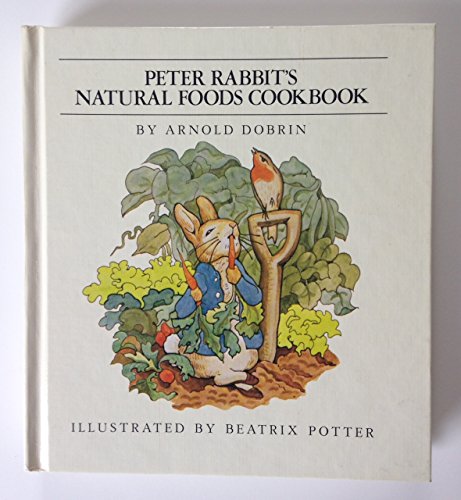MamaSheepdog
Well-known member
MaggieJ":2olprrxd said:Sometimes this means that she will kindle at intervals
Have you ever heard of that being successful, Maggie? I would think with one litter more mature than the other, the youngest would not be strong enough to compete for milk. Just curious- not something I want to try personally!
Here is another thought that has occurred to me: it is so common to have one or two kits in a litter that are "runts" that I wonder if they are a result of fertilized eggs in another horn a day or so later- I have heard that "male" sperm are faster swimmers but not as long lived as "female" sperm, with motility lasting about 72 hours. It would be interesting to see if the runts are more commonly female to support this.
























